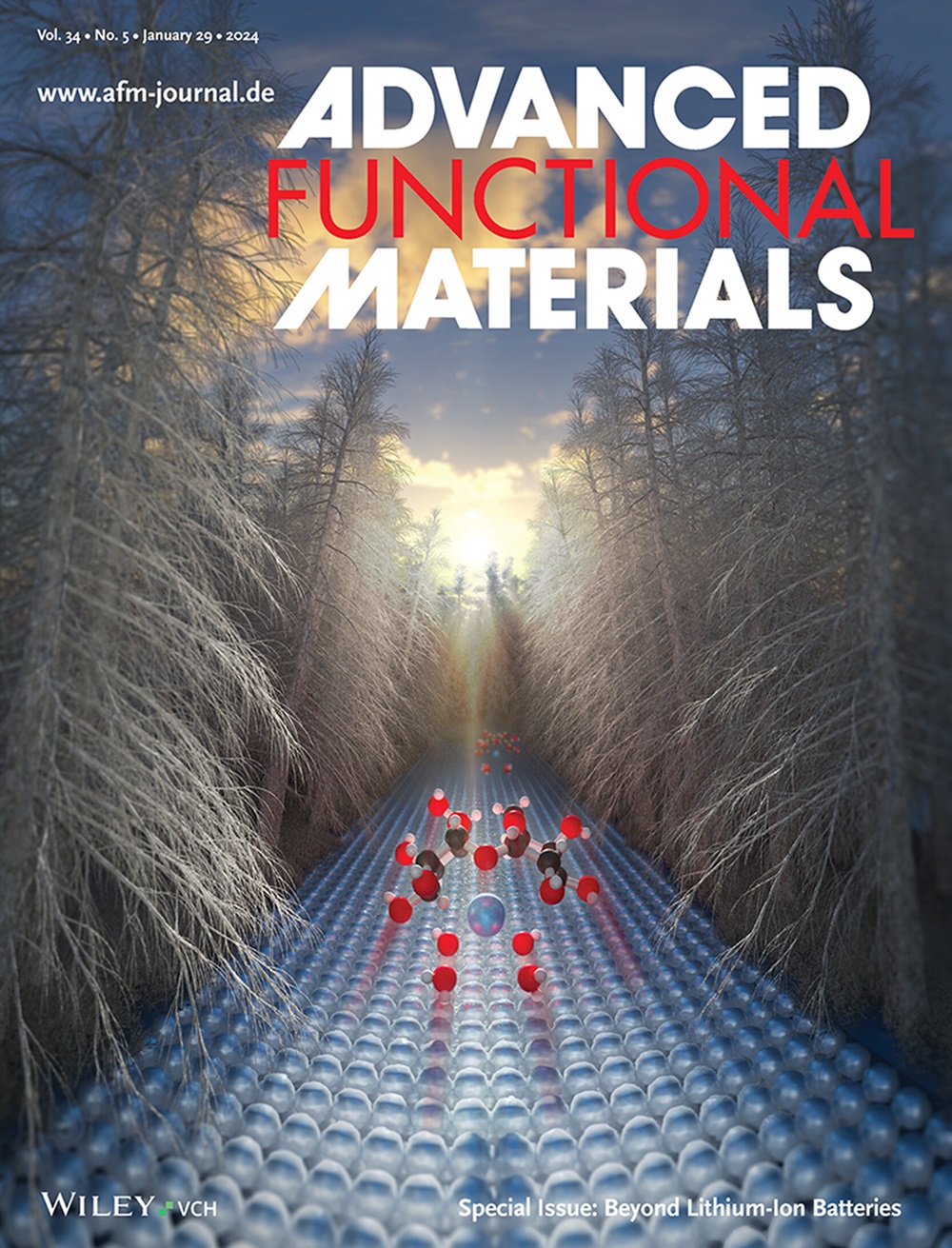A pH-responsive Cascade Nano-Reactor Elevates ROS Generation by Remodeling Biofilm Microenvironment for Enhanced Antibacterial Treatment
IF 18.5
1区 材料科学
Q1 CHEMISTRY, MULTIDISCIPLINARY
引用次数: 0
Abstract
Biofilms are the root of most chronic and persistent infections and pose a significant threat to human health. Reactive oxygen species (ROS) generation platforms have been used to combat biofilm-associated infections. However, biofilm microenvironments (BME) such as hypoxia and overexpressed antioxidants restrict the efficacy of ROS-based therapies. To address the problem, this study incorporates calcium peroxide (CaO2) and berberine (BBR) into Fe and Zn containing bimetal metal–organic frameworks (FZ) to construct a composite ROS nanogenerator (CBFZ), which is able to remodel BME and further promotes ROS generation for enhance biofilm eradication. CBFZ degrades to release CaO2, Fe3+, Fe2+, and BBR in biofilm, where CaO2 decomposes into O2 and H2O2 to relieve hypoxia, and Fe3+ consumes glutathione (GSH). Subsequently, the remodeled BME boosts the ROS production of the O2-dependent BBR-mediated photodynamic therapy and H2O2-dependent Fe2+-based chemodynamic therapy, and the depleted GSH minimizes ROS scavenging in the meantime, ultimately maintaining a high level of ROS in biofilm. It is demonstrated that CBFZ can effectively eradicate biofilm by killing the embedded bacteria and dispersing the biofilm matrix. Moreover, CBFZ exhibits an outstanding therapeutic effect in a murine model with subcutaneous biofilm infection. Overall, this work offers a propagable strategy to enhance ROS-based antibiofilm therapy.

求助全文
约1分钟内获得全文
求助全文
来源期刊

Advanced Functional Materials
工程技术-材料科学:综合
CiteScore
29.50
自引率
4.20%
发文量
2086
审稿时长
2.1 months
期刊介绍:
Firmly established as a top-tier materials science journal, Advanced Functional Materials reports breakthrough research in all aspects of materials science, including nanotechnology, chemistry, physics, and biology every week.
Advanced Functional Materials is known for its rapid and fair peer review, quality content, and high impact, making it the first choice of the international materials science community.
 求助内容:
求助内容: 应助结果提醒方式:
应助结果提醒方式:


